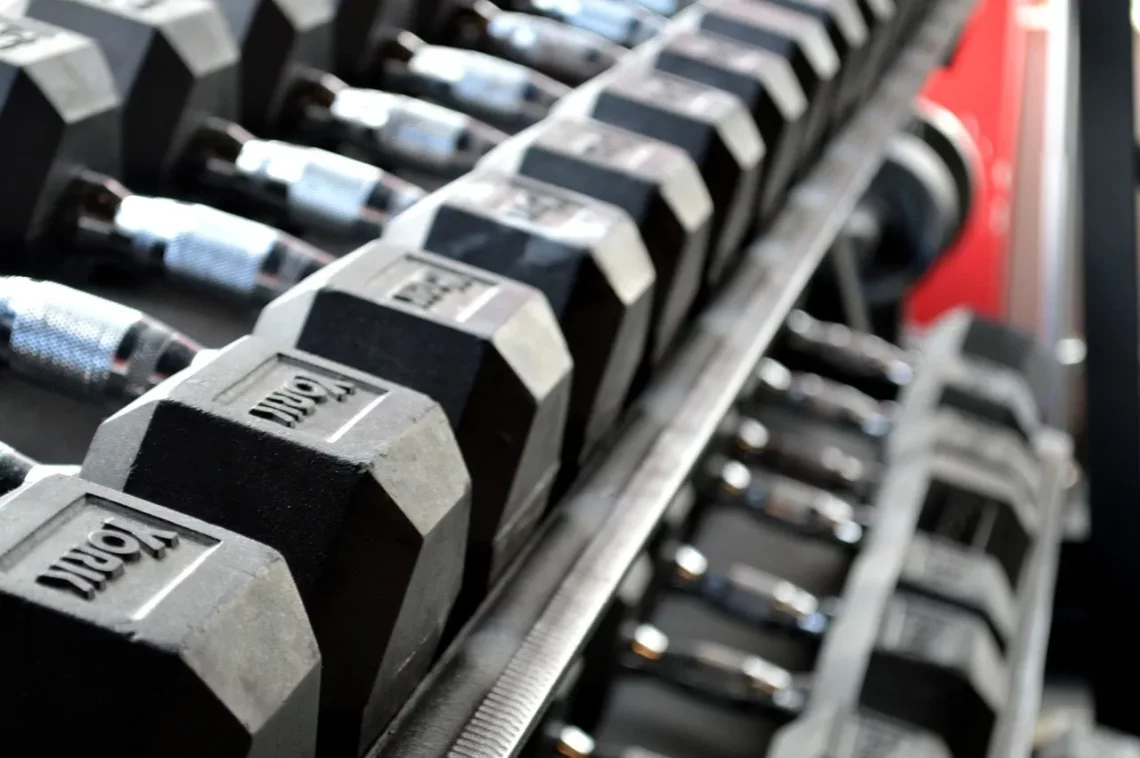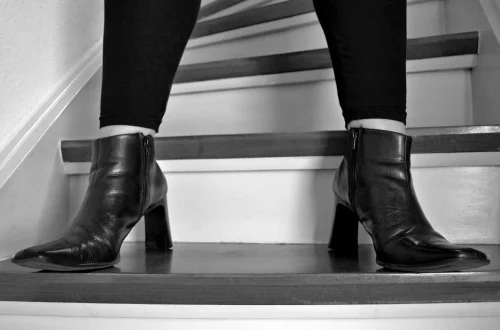
Mastering the Deadlift Jack for Optimal Lifting Performance
The deadlift is one of the most effective compound exercises for building strength and muscle mass. However, mastering the deadlift requires more than just brute force; it demands technique, precision, and the right equipment. Among the tools that can enhance your deadlifting experience, the deadlift jack stands out as a vital yet often overlooked piece of equipment.
The deadlift jack serves as a crucial aid in the lifting process, allowing lifters to raise the barbell off the ground with ease, facilitating a more efficient setup. This is particularly beneficial for lifters who may struggle with heavy weights or those who want to ensure a consistent starting position for their lifts. Moreover, the deadlift jack can help prevent unnecessary strain on the back and improve overall lifting performance.
In recent years, the popularity of the deadlift jack has surged within the fitness community, and for good reason. As lifters continue to push their limits, tools that enhance performance and safety become indispensable. Whether you’re a seasoned athlete or just starting your lifting journey, understanding how to utilize a deadlift jack can transform your approach to this powerful exercise.
Understanding the Mechanics of the Deadlift Jack
The deadlift jack is a simple yet effective tool designed to assist lifters in loading and unloading weights from the barbell. Its primary function is to lift the barbell off the ground, making it easier to add or remove plates without bending down excessively. This is particularly useful in situations where heavy weights are involved, as it helps to maintain proper form and reduces the risk of injury.
Typically made of durable materials such as steel, a deadlift jack features a lever mechanism that allows the user to lift one end of the barbell with minimal effort. By positioning the jack under the barbell and engaging the lever, lifters can elevate the bar just enough to slide weights on or off. This not only saves time during workouts but also ensures that the lifter remains in a safe and ergonomic posture.
Using a deadlift jack can also enhance your warm-up routine. By allowing lifters to adjust weights more efficiently, they can focus on progressively increasing their loads without wasting energy on tedious plate changes. This becomes particularly advantageous when preparing for a one-rep max or during competition settings where every second counts.
Understanding how to properly use a deadlift jack can significantly enhance your overall lifting experience. Start by familiarizing yourself with the jack’s mechanism, ensuring that it operates smoothly and effectively. Regular practice with the jack can also help you develop a rhythm during your lifting sessions, ultimately leading to improved performance and confidence in your lifts.
Benefits of Incorporating the Deadlift Jack into Your Routine
Integrating a deadlift jack into your training regimen offers a plethora of benefits that can elevate your overall lifting performance. One of the most significant advantages is the reduction in the physical strain associated with loading and unloading weights. Traditional methods often require bending over repeatedly, which can lead to back discomfort or injury over time. With the deadlift jack, you can efficiently raise the barbell, allowing for a more comfortable and safer experience.
Furthermore, the deadlift jack encourages proper lifting mechanics. By ensuring that the barbell is at an optimal height for lifting, it allows you to maintain a neutral spine throughout the movement. This is crucial for preventing injuries and ensuring that you engage the appropriate muscle groups effectively. When the setup is correct, you can concentrate on your lifting technique, facilitating better strength gains in the long run.
Another notable benefit is the time efficiency that a deadlift jack brings to your workouts. In a busy gym environment, transitioning between different weights can consume valuable time. With the jack, you can quickly adjust your load, allowing you to focus on your performance rather than wasting energy on logistical aspects of your training. This seamless transition can be particularly advantageous when working with a training partner, as it enables a smoother flow of exercises.
Additionally, using a deadlift jack can also help in developing a more structured warm-up routine. By easily adjusting weights, lifters can gradually increase their loads, ensuring they are adequately prepared before attempting heavier lifts. This can enhance not only performance but also confidence as you approach your working sets.
In summary, the deadlift jack is more than just an accessory; it is an essential tool that can significantly improve your lifting efficiency, reduce injury risk, and foster better lifting mechanics. By incorporating it into your routine, you can experience a notable enhancement in your overall strength training journey.
Tips for Maximizing Your Deadlift Jack Experience
To fully benefit from the use of a deadlift jack, it’s essential to implement a few best practices. First and foremost, ensure that you are familiar with the specific model you are using. Different jacks may have slight variations in mechanics or weight limits, so understanding how your particular jack functions is crucial for safe and effective use.
Before engaging in a workout, always inspect the deadlift jack for any signs of wear or damage. A faulty jack can compromise your safety, so it’s vital to ensure that all components are in working order. If you’re using a jack in a shared gym environment, consider taking a moment to check it before each use.
When loading weights, be mindful of balance. Distributing the weight evenly on both sides of the barbell is crucial for maintaining stability and preventing accidents. The deadlift jack aids in this process, but it’s still essential to be cautious and deliberate in your loading technique.
Another tip is to practice using the deadlift jack during your warm-ups. Familiarizing yourself with its operation when you’re not fatigued will make it easier to incorporate into your main lifting session. This practice can enhance your confidence and efficiency when it comes time to lift heavier weights.
Lastly, engage with fellow lifters or trainers to share tips and experiences regarding the deadlift jack. Learning from others can provide valuable insights that you may not have considered, ultimately improving your overall lifting performance.
Incorporating these tips into your training routine can lead to a safer and more effective deadlifting experience. By maximizing your deadlift jack usage, you can focus on what truly matters—lifting heavy and achieving your fitness goals.
Common Mistakes to Avoid When Using a Deadlift Jack
While the deadlift jack is a straightforward tool, there are common mistakes that users often make, which can detract from its benefits. One of the most prevalent errors is using the jack improperly, such as attempting to lift the barbell with excessive force or in an awkward position. This can lead to injury not only to yourself but also to others in the vicinity.
Another mistake is neglecting to secure the weights properly after using the jack. If weights are not secured with collars, they can shift or fall off during lifting, posing a significant risk. Always double-check that your weights are secure before initiating any lifts.
Additionally, some lifters may become overly reliant on the deadlift jack, forgetting the fundamental mechanics of lifting. While the jack is a valuable tool, it is essential to maintain your lifting technique and core engagement during all stages of the lift. Regular practice without the jack is also vital to ensure you don’t lose touch with essential lifting skills.
Also, don’t overlook the importance of communication if you’re training with a partner. If you’re both using the deadlift jack, ensure you’re clear about when you’re loading or unloading weights. This will help prevent accidents and ensure a smooth training session.
Finally, remember that while the deadlift jack is a useful tool, it should complement your training rather than replace it. Use it as a means to enhance your lifting experience, but continue to develop your overall strength and technique independent of it.
By avoiding these common pitfalls, you can make the most of your deadlift jack and elevate your lifting performance to new heights.
In conclusion, mastering the use of a deadlift jack can significantly enhance your deadlifting experience. However, it is essential to remember that this article is not a substitute for professional medical advice. If you have any health concerns or pre-existing conditions, always consult with a healthcare professional before starting any new exercise regimen.




